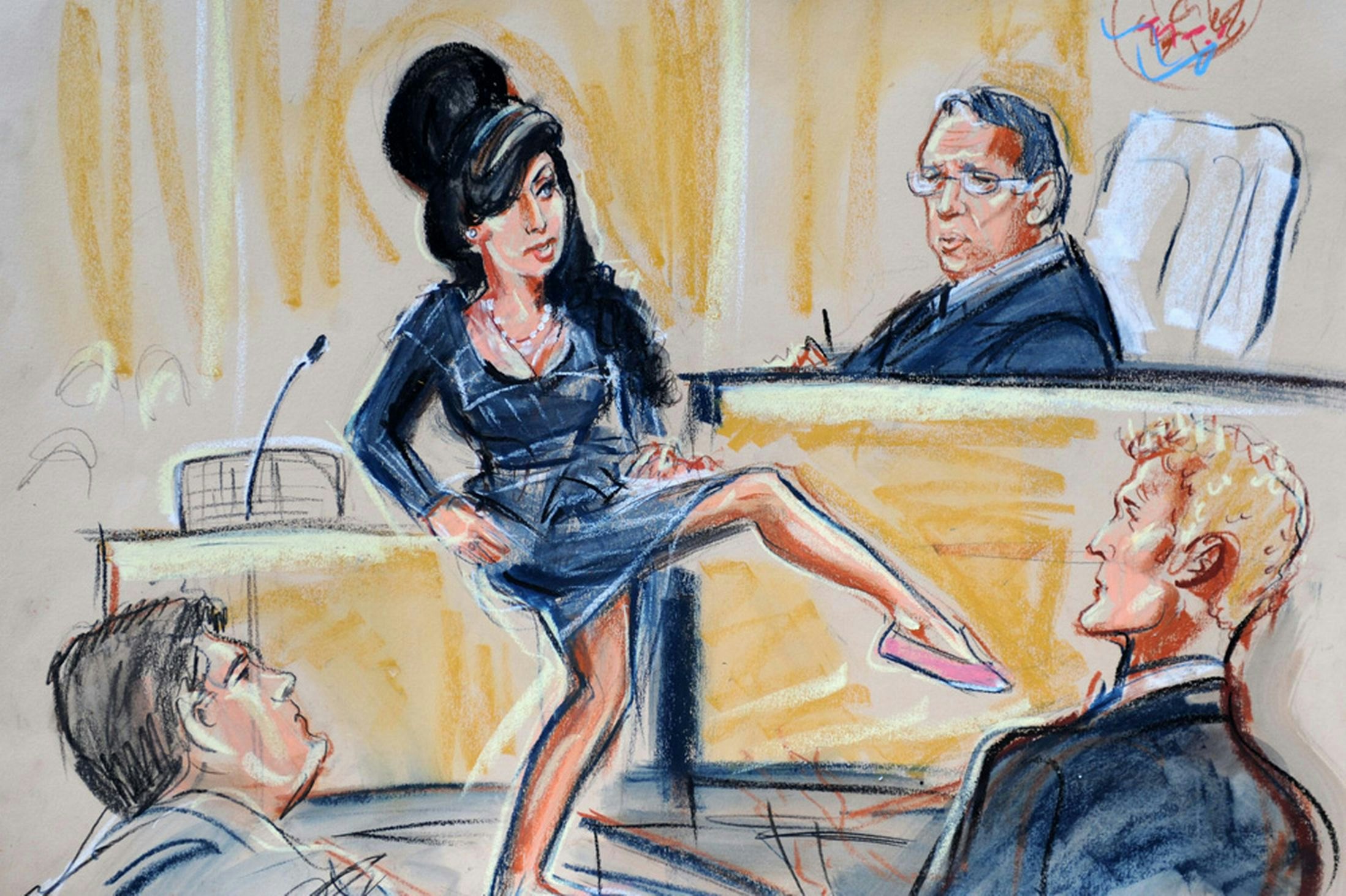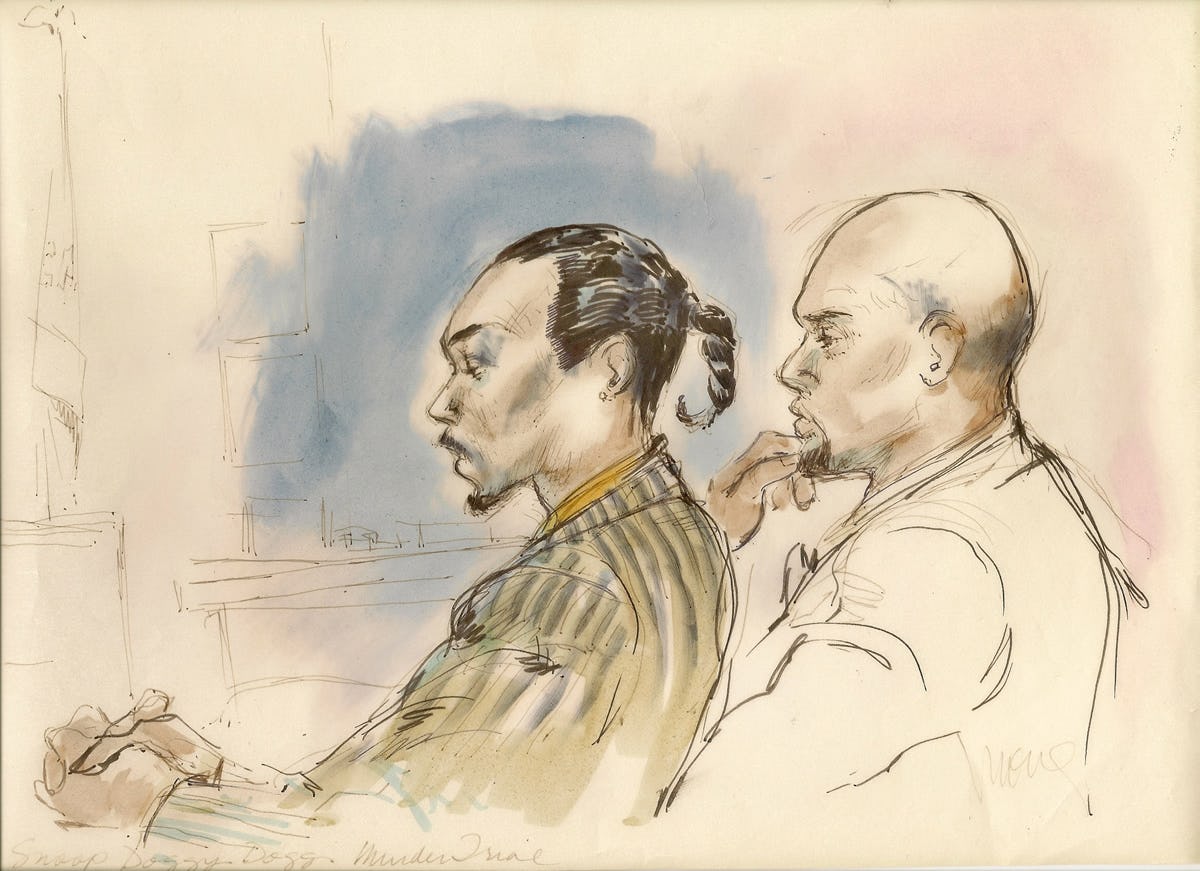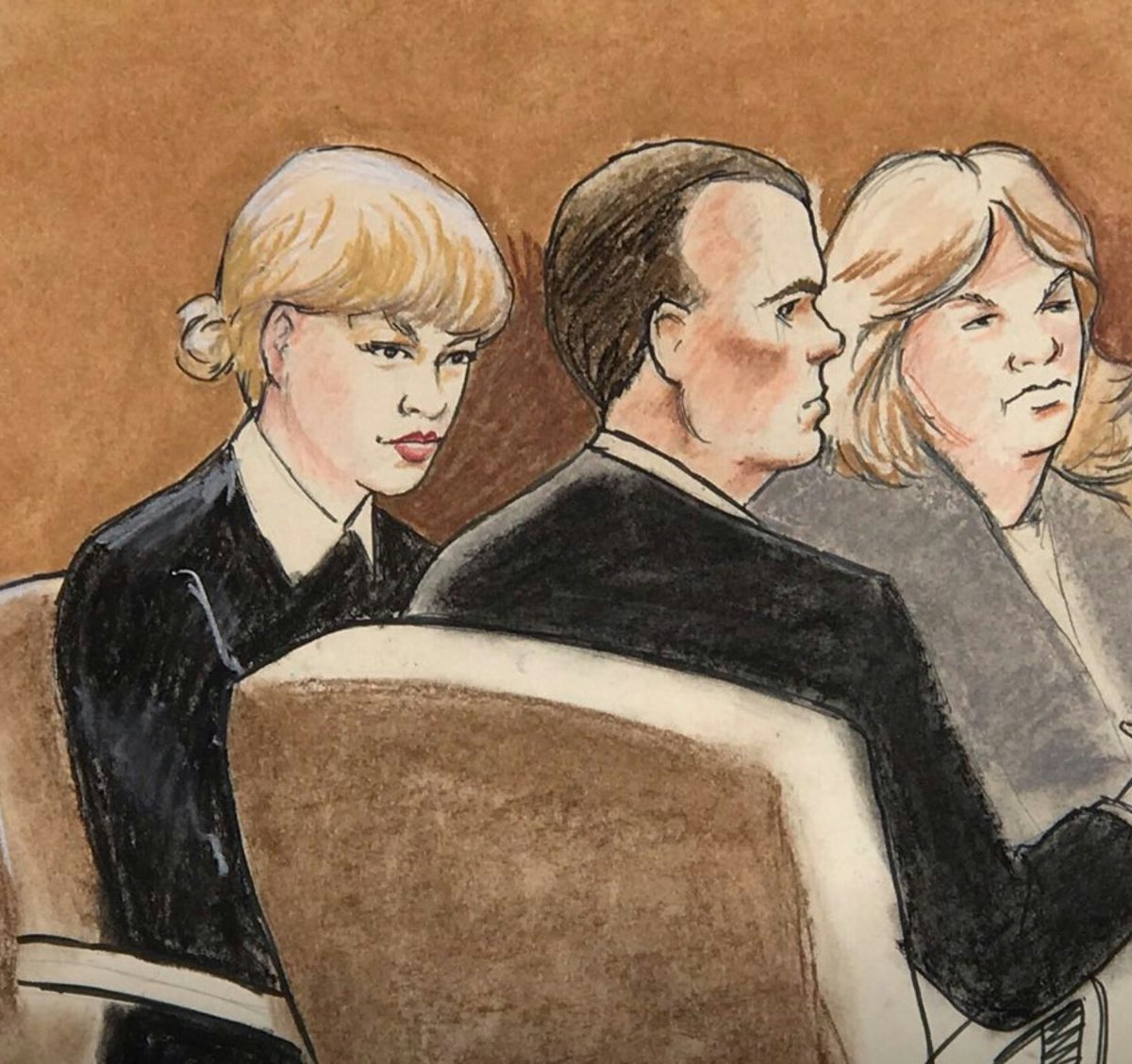Words to live by, really.
AI is about 90% accurate. You can use it in some Courts instead of a human court reporter to transcribe your deposition, etc. The human court reporter is there, but doesn’t type anything. Just swears in and monitors. Then, after it’s over, the real human court reporter will clean it up to 99.8% accuracy (using the recorded audio feed). I’ve used it. It’s fine and you get an immediate rough copy. You can’t have it repeat the question so that sucks and it was only available for Zoom depositions, nothing in person.
Human court reporters are more accurate than 90%. I’d guess 95% or so. Humans can also assert themselves and ask you to repeat/spell/etc (depends on their style and what is allowed) to be more accurate. But they would still need to clean up their own initial draft after the deposition is over using an audio feed to get a “perfect” (99.8% is generally what is required) final copy.
AI will eventually catch up as soon as it can look and listen and talk.
EddyTeddyFreddy explanation is great. The main difference between AI and human court reporter is how the initial draft is done. Neither way is perfect. After the initial draft, the same basic work is being done by humans to perfect it.
When my father was a hearings officer (many years ago now, nothing was computerized), all of his court reporters hired out the typing of transcripts. It was a much lower-paid skill, although still paid at a higher level than normal transcribing typists, I believe.
True dat.
After all those years working in courtrooms and listening to judges play Talkover Traffic Cop, I got to where listening to people in regular conversation talking over one another drove me nuts. I try really hard to never do it.
The official court reporters where I worked changed from straight paper tape machines to computerized during my years with the courts. Once they were computerized, they all did their own initial transcript edits on their computers. Then they would print the transcripts and hand them off to proofreaders for a final check. (I did some proofreading and there was often little to correct.)
I’m sure things have changed again since then.
Oh, man, I remember the paper notes days! For daily copy, there’d be at least two court reporters, taking ten or fifteen minute stretches, then swapping places and rushing their notes to one or more typists camped out in a nearby room. It got the job done, but it was cumbersome to say the least.
Now with computerized steno machines, as I pointed out above, it’s possible to crank out final copy of a 300-page patent or biopharma or source code or other such nightmareish technical depo with one reporter and one proofreader, including realtime feeds to the attorneys’ laptops. Of course, that kind of work requires a topnotch reporter (I work with two of the best, one a multiple speed contest winner).
I always describe court reporters as a cross between a simultaneous translator and concert pianist.
Back in the 1980s, I served on a jury in a coroner’s court, in Toronto. In such a court, there are only five jurors. It was a fairly high-profile matter, and attracted a lot of interest and attention. The TV and radio media was not allowed in with their equipment, but any media member could sit in the courtroom and take notes using pencil and paper. And of course, there were the sketch artists, who were producing sketches to show later on TV news.
The matter went on for two weeks, and we had a lot of fun watching the TV news each night, and next day, discussing which TV news broadcast’s sketch artist had captured us best.
It’s my wife that was the court reporter (now a realtime television closed captioner), not me. I did, however, develop a bunch of the technology and worked with court reporters and captioners for many years. That said, I’ll go ahead and answer the court reporter part of the question:
-
Court reporters are still significantly better at AI speech-to-text in a number of cases, including heavy accents, people talking over each other, certain voice pitches (Siri seems to have more trouble with my deep voice than my wife’s voice), and inferring punctuation.
-
When AI doesn’t understand something, you get either gibberish or nothing. A human can interrupt and ask the speaker to repeat themself.
-
Court reporters are far better at speaker identification than AI. In legal proceedings, it’s not only important what was said, but who said it. Remember, most “court reporters” don’t actually work in court. They work in depositions, where there may be numerous lawyers and other present and no judge or bailiff keeping them in line!
-
As to legal proceedings that use only video, have you ever tried to find something in a video or audio recording? It’s a lot easier to search a text transcript.
For the sketch artist part of the question, all I can say is that judges can restrict cameras in courtrooms.
The test my wife had to pass for her last certification required 99.5% accuracy. Remember, 90% accuracy means 10% of the words (or about one per printed line) is wrong. In this context, “wrong” might mean a word or phrase is missing, incorrect, misspelled, mis-punctuated, or include the wrong homonym.
How is the transcript generated? My experience with audio recordings (generally in proceedings for which transcripts are not usually ordered) is that they’re sent to a court reporter off-site to be transcribed.
Thanks, I didn’t realize what “wrong” actually meant but it looks like it can be pretty trivial.
Also, as I like to say, a law student can get a grade C in a class, pass it, and move along to eventually get a degree in the standard 3 years. A Court Reporter, as you note, must get 99.5% accuracy (A+ ?) or they never pass and can never become a court reporter. I’ve known CR’s that linger in school for a decade trying to get to the required accuracy and they never get good enough. It’s tough and takes a huge commitment.
Just to expound on my guess of 95% accuracy, it was based solely on Zoom depositions which AI is more designed for since it has access to each specific audio feed/knows exactly who is talking and when, and is transcribing those specific audio feeds in order to produce the transcript (whereas the CR is usually listening to a single feed through headphones live or a taped recording of everything on one audio feed - if that makes sense). And yet court reporters are still, for now, more accurate.
Another question the OP could include is why are lawyers still needed. Ethics (and jokes) aside, I bet an AI lawyer might be passable today in certain situations and within a decade or so be fairly average in most situations (i.e., better than a fair amount of lawyers).
Thanks for the information. My aunt was a court reporter, long before the days of computers.
I was under the impression that sketch artists were employed by the media to give a picture of a trial which could not be photographed or videotaped. Am I wrong?
You are correct. Although I’m not sure about “employed,” versus freelance.
I suspect you’re right. I’m so old I remember when people actually had jobs.
I watch youtube and Peloton subtitles with the videos, and I got to say - especially Peleton - that it’s nowhere near 95%. But then, there’s a differenc between trying to transcribe regular speaking vs. say, newreader clear speech.
Here’s a recent 99% Invisible podcast on courtroom sketch artists, which includes the history of when courts began allowing photography and video. Very informative.
Here’s an earlier This is Criminal podcast on courtroom sketch artists.
I had a job involving two different types of administrative hearings. One type of hearing always required a transcript and for those hearings court reporters were used. The other type only occasionally required a transcript and those used video recording. If a transcript was needed, the recording was sent to a transcription service. I sometimes reviewed the video recordings rather than waiting for a transcript. I was surprised at what a difference having a person in the room made. Not just in terms of technical problems, such as the microphones being too far away , but also with other issues like accents, people talking over each other , noise , accents and so on. Apparently , it’s easier to transcribe some of that live rather than from a recording and of course, the camera can’t ask someone to repeat themself when necessary
“If they were great artists, they’d be in a museum.” (The Sopranos)
The real advantage of having a court reporter making a transcript is time. In order to review a videotape, you have to watch the entire trial. It’s much faster to read a transcript.
Also, if the transcript is scanned into a file, it’s a simple matter to do a search to find the testimony you want to review.
It’s not so unusual for Judges to forbid them from doing their sketches inside the courtroom. So they are sketching from memory, outside the courtroom. That has to affect quality some.
I did not know that some judges did that. Thanks.



